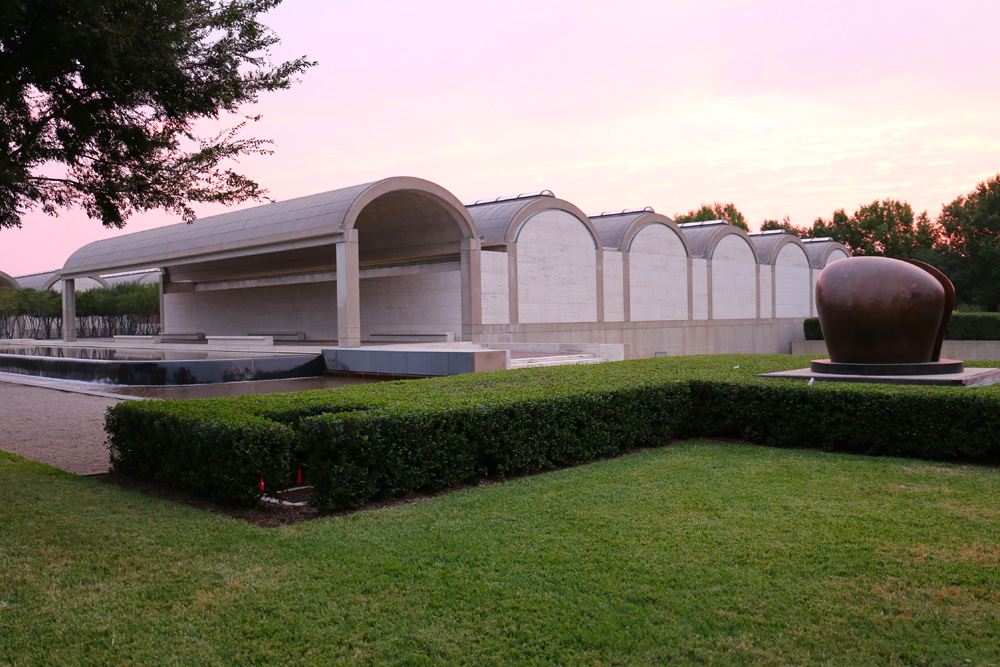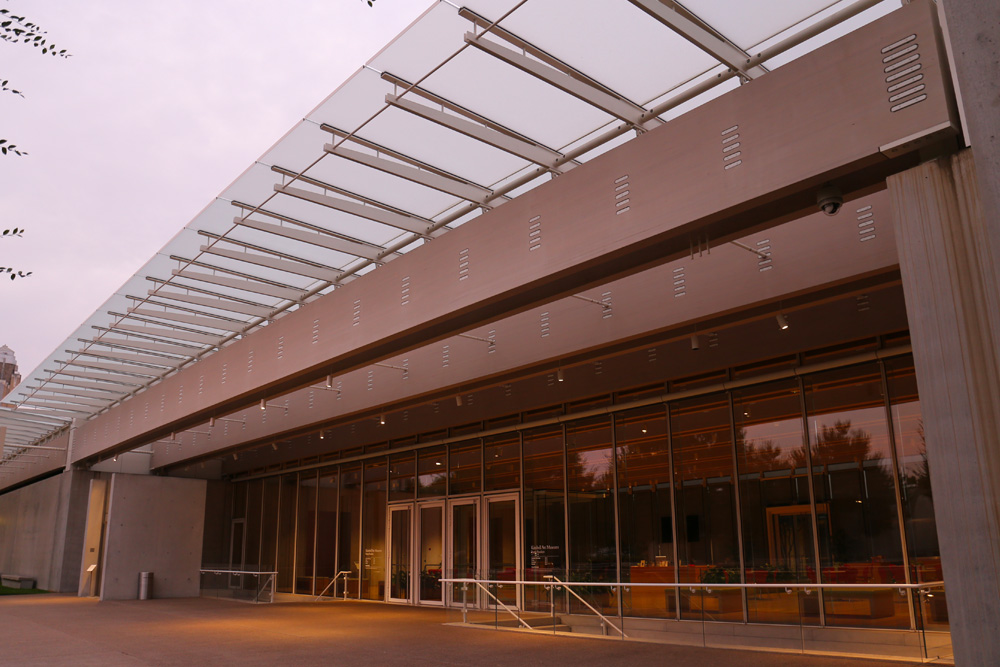For Immediate Service
800-864-7717Kimbell Museum
Project Name: Kimbell Art Museum
Industry: Entertainment
Services: Construction
Fort Worth’s Kimbell Art Museum, opened in 1972, is home to the first known painting by Michelangelo; works by Rubens, Caravaggio, Rembrandt, and Monet; and a notable collection of ancient and classical art.
The Kimbell’s holdings have grown significantly since the opening of its original building, designed by another renowned architect, Louis Kahn. With heavy traffic and growing popularity, the museum needed a new structure to house temporary exhibitions and showcase more of the Kimbell Foundation’s permanent collection.
When the campus expansion began in 2010, TD led the underground portion of the project. This included a parking garage to encourage visitors to enter the original building the way its visionary intended.
TDIndustries installed miles of piping beneath the 82,000 sf building and 53,000 sf parking garage. In addition, we dug multiple 18-foot-deep sump pits to capture groundwater. General contractor The Beck Group was so pleased with our work that in 2011, TD was awarded a contract for full-scale mechanical and plumbing work for the Piano Pavilion, where TDPartners installed plumbing, HVAC, ductwork and piping .
Piano’s designers specified that piping and HVAC work must be hidden, so we relied heavily on Building Information Modeling (BIM) to ensure systems fit perfectly in the pathways between walls.
The new building’s intended use—displaying and preserving priceless works of art—also required creative thinking. Art is sensitive not only to temperature, humidity, particulates, and light, but also to variable air flow. To optimize the space, a specific return air path was needed to manage air flow through the galleries. We coordinated to fit three levels of HVAC onto a single floor, which directed air from the second floor down to the basement.
It was no surprise when builders asked TD to help with other sustainable upgrades. Primary heating and cooling for the building are served by 36 geothermal wells 460 feet deep, which operate more efficiently than traditional mechanical equipment. Backup boilers, chillers, and cooling towers take over on those extra-cold or hot days.



